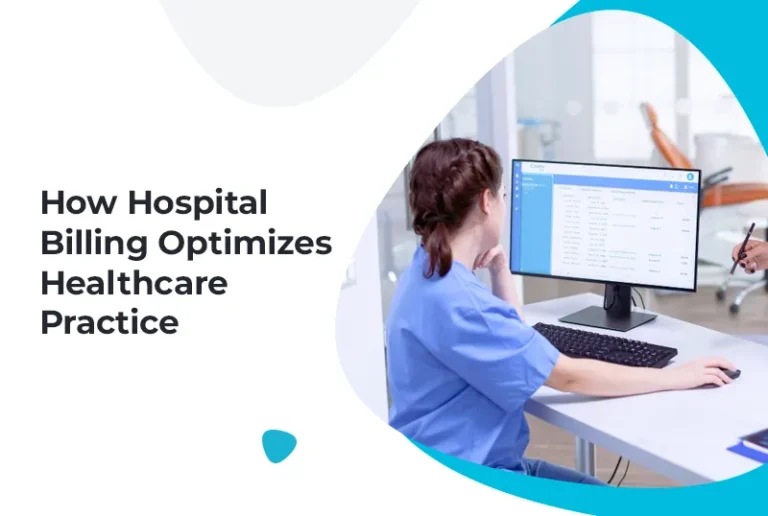Medical Credentialing is a process of assessing a healthcare provider’s education and clinical experience, however, if it is flawed or incomplete, it is extremely likely to cause serious consequences for patients, healthcare providers, and even institutions. Thus, this article will explain some effective solutions to address medical credentialing issues and ensure the safety and quality of patient care.
Let’s dive in and let you know what is credentialing in healthcare is and how medical credentialing services work.
How to Address Medical Credentialing Issues
Here are the ways to effectively address medical credentialing issues:
1. Invest in Advanced Credentialing Technology
Investing in and modernizing the credentialing process with advanced technology will result in significant improvements in efficiency and accuracy. With high-tech, implementing a robust credentialing database can streamline the verification of medical licenses, certifications, and qualifications. Moreover, this technology also contributes to automating tasks, reducing paperwork, and minimizing errors. Hence, healthcare organizations can ensure that their providers meet the necessary standards and have the authority to practice by investing in advanced credentialing technology.
2. Enhanced Data Sharing and Collaboration
Fragmentation of valid data across various healthcare institutions is a challenging task in medical credentialing. Healthcare organizations should collaborate on sharing information to create a more comprehensive and accurate database addressing this issue. The utilization of integrated health information technology systems, partnerships, and data-sharing agreements are all beneficial in reaching this objective. Healthcare providers can lower the risk of credentialing errors by promoting enhanced data exchange and collaboration, which gives them access to the most recent information about their employees’ credentials.
3. Implement Continuous Credentialing and Recertification
Standard credentialing processes in healthcare organizations often involve a one-time verification of qualifications. To maintain their competence and stay updated with the latest medical advancements, continuous credentialing, and recertification should be implemented every once in a while. The regular assessments of a provider’s knowledge, skills, and performance ensure that they are up to the task. To take these actions, requiring ongoing education and recertification, healthcare organizations must be done to identify any invalid information and take corrective actions to protect patient safety.
4. Establish Powerful Oversight
Establishing oversight is vital for effectively maintaining the integrity of the credentialing process. Healthcare organizations should construct clear policies and procedures for credentialing, including roles and responsibilities, timelines, and review mechanisms. Additionally, regular evaluations and quality assurance activities should be organized to identify and address any ongoing issues. Also assigning credentialing to a dedicated team can provide oversight and make sure that the process is fair, transparent, and compliant with strict regulations.
Conclusion
Resolving challenges related to medical credentialing is a necessary step to guarantee a patient’s safety and uphold the standard of healthcare services. Healthcare organizations can greatly increase the precision and effectiveness of their credentialing procedures by making investments in cutting-edge technology, encouraging data exchange, improving continuous credentialing, and putting strong monitoring in place. They can protect patients from involuntary damage and create a more robust and dependable healthcare system by using these measures.
Precision Hub: Your Trusted Partner
With Precision Hub, you can streamline medical credentialing processes and ensure healthcare providers maintain compliance while delivering exceptional patient care. Book your call with us today and see how we can simplify credentialing issues so that you have more time to focus on improving operational efficiency and fostering growth opportunities.
Ready to Address Medical Credentialing Issues?
Schedule a meeting with Precision Hub today to learn how we can resolve credentialing challenges, ensure timely approvals, and identify other potential growth opportunities in healthcare management.







